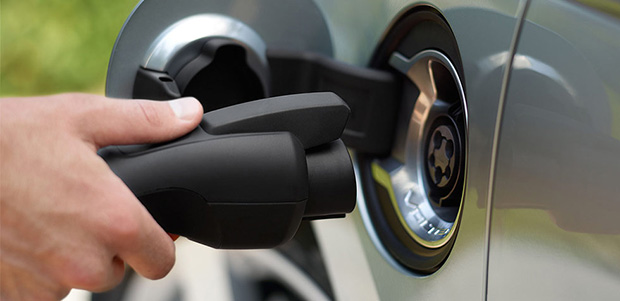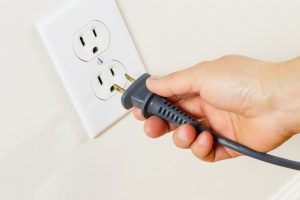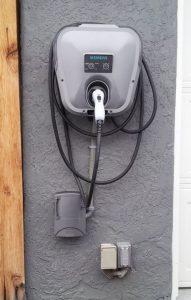Solar adoption is taking flight thanks to the price of solar panels plummeting. This enables homeowners and businesses to save more money by controlling their own electricity costs instead of being at the mercy of rising utility rates.
We’ve shared before about the top motivators to switch to solar but for most, the federal incentive is where it’s at! Thanks to the Federal Residential Renewable Energy Tax Credit, homeowners can help themselves to a 30% incentive.
The Best Part?
This incentive is now good through December 31, 2019!
A tax credit is a dollar-for-dollar reduction in the amount of taxes owed. For example, a typical solar array with Next Gen will cost around $13,000 for a 4 kilowatt installation. In this example, the homeowner would benefit from the federal tax credit and reduce their taxes by $3,900. Yes, please!
This incentive is super easy to take advantage of. Like with any good deal, you much do your research to ensure that you’re eligible and how to claim your credit.
REMEMBER:
We know solar, not taxes! The information provided below may not be appropriate for your situation. Be sure to consult a tax professional before filling your tax credit to ensure you meet the requirements.
Eligibility
To qualify for the 30% Federal Residential Renewable Energy Tax Credit, you must meet the following requirements:
- Have A System Installation Date On Or Before December 31, 2019
- Panels Are On A Residential Location In The U.S.
- The Solar Panel System Is New Or Being Used For The First Time
- You Own The Panels (Not Leased)
Your Next Gen team is happy to help with any questions you may have. We know that going solar is a big decision and a large financial decision. That’s why we want to make sure that you are fully educated on how much your specific situation will cost and how much money you can expect to stay in your pocket. For a free Solar Site Evaluation, visit our website or call our office to get scheduled today: 208.765.WIRE.
For current information on incentives, including incentive-specific contact information, visit the Database of State Incentives for Renewables and Efficiency website at www.dsireusa.org.



 Level 2 supplies 240V, like what an electric dryer or oven uses. It goes through a box and a cord that improves safety by waiting to send power to the plug until it’s plugged into an EV. Level 2 allows for a wide range of charging speeds, all the way up to 70 miles of range per hour of charging. Both Level 1 and Level 2 charging stations simply deliver household electricity to the car. Electronics within the car transform the power into the proper form which then charges the battery.
Level 2 supplies 240V, like what an electric dryer or oven uses. It goes through a box and a cord that improves safety by waiting to send power to the plug until it’s plugged into an EV. Level 2 allows for a wide range of charging speeds, all the way up to 70 miles of range per hour of charging. Both Level 1 and Level 2 charging stations simply deliver household electricity to the car. Electronics within the car transform the power into the proper form which then charges the battery. 